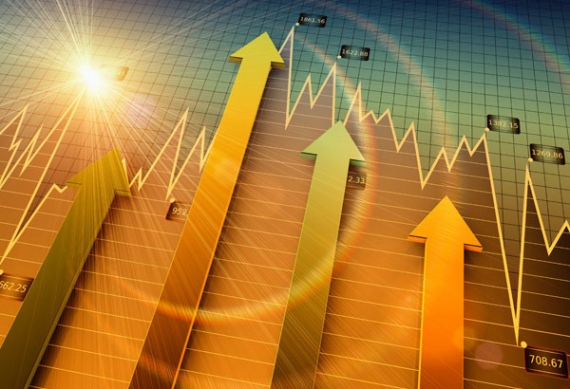Debt-to-GDP ratio slides to 41.7% in Q3 — DOF

According to the DOF’s economic bulletin issued on Friday, the Philippines’ debt-to-GDP ratio declined to 41.7 percent in the third quarter. File
MANILA, Philippines — The national government’s debt, as percentage of gross domestic product, further shrank in the third quarter of the year amid faster than expected economic growth, data released by the Department of Finance showed.
According to the DOF’s economic bulletin issued on Friday, the Philippines’ debt-to-GDP ratio declined to 41.7 percent in the third quarter.
This was down from 42.4 percent in the second quarter and 43 percent in July to September period last year.
Debt-to-GDP ratio is an indicator used by debt watchers and credit rating agencies to assess a country’s debt sustainability.
A lower ratio indicates the government is generating more resources than debts, giving it more payment capacity.
As a percentage of GDP, debt is expected to hit a new record low of 40.76 percent of GDP by end-2017 from the 42.1 percent recorded in 2016.
In the medium-term, the Budget Department said the proportion of debt to the GDP is expected to slide to 37.7 percent come 2022.
On Thursday, the government reported that the country’s GDP—or the value of all finished goods and services produced in the country—clocked a solid 6.9 percent growth rate in the third quarter of 2017.
This was higher than the upwardly revised 6.7 percent logged in the second quarter and above the 6.5-6.7 percent estimate by market analysts.
However, the 2017 third quarter GDP was slower than the 7.1 percent recorded in the same period last year.
READ: Philippine economy expands by 6.9% in Q3, beating forecasts
“Solid macro-economic fundamentals will continue to support the country's robust economic growth,” the DOF said.
“The strong fiscal position backed up by robust revenue collection will support double-digit expansion in public construction which is one of the main pillars of growth,” it added.
Government domestic debt dropped to 27.1 percent of GDP in between July to September from 27.7 percent. Its external debt-to-GDP ratio likewise improved to 14.6 percent from 14.8 percent.
In the third quarter, the share of combined tax and non-tax revenues to the economy surged to 16.4 percent from the preceding quarter’s 16.3 percent. However, government expenditures, as percentage of GDP, was a tad lower in the third quarter at 18 percent from 18.1 percent a quarter ago.
“Greater investments in infrastructure and social services such as education, health, and social protection will sustain a higher long-term growth path and translate the same into inclusive development. In this regard, the passage and implementation of fiscal reforms to finance these game-changing investments is most urgent,” the DOF said.
- Latest
- Trending























